Why Did I Buy the Four-Wheel Drive Porsche 911? And Why the GTS?
公開日:
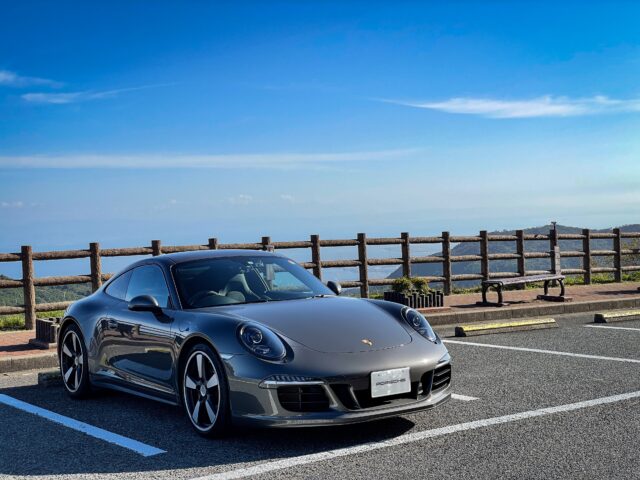
コンテンツ
Why Did I Choose the Four-Wheel Drive 911?
When people think of the Porsche 911, many imagine it as an RR (rear-engine, rear-wheel drive) car. I’m no different. To me, the 911 is synonymous with RR.
However, as you know, there are four-wheel drive models of the 911. These include the Carrera (Targa) 4 series and the Turbo models.
The first Carrera 4 was the 964 generation, which, according to period documents, featured a fixed full-time 4WD system with a 31% front and 69% rear torque split.
Later, the 993 introduced variable torque distribution using a viscous coupling system, and in the later 987 models, an electronically controlled multi-plate clutch center differential (PTM) was adopted. This system evolved into what is used in today’s 991 and 992 generations.
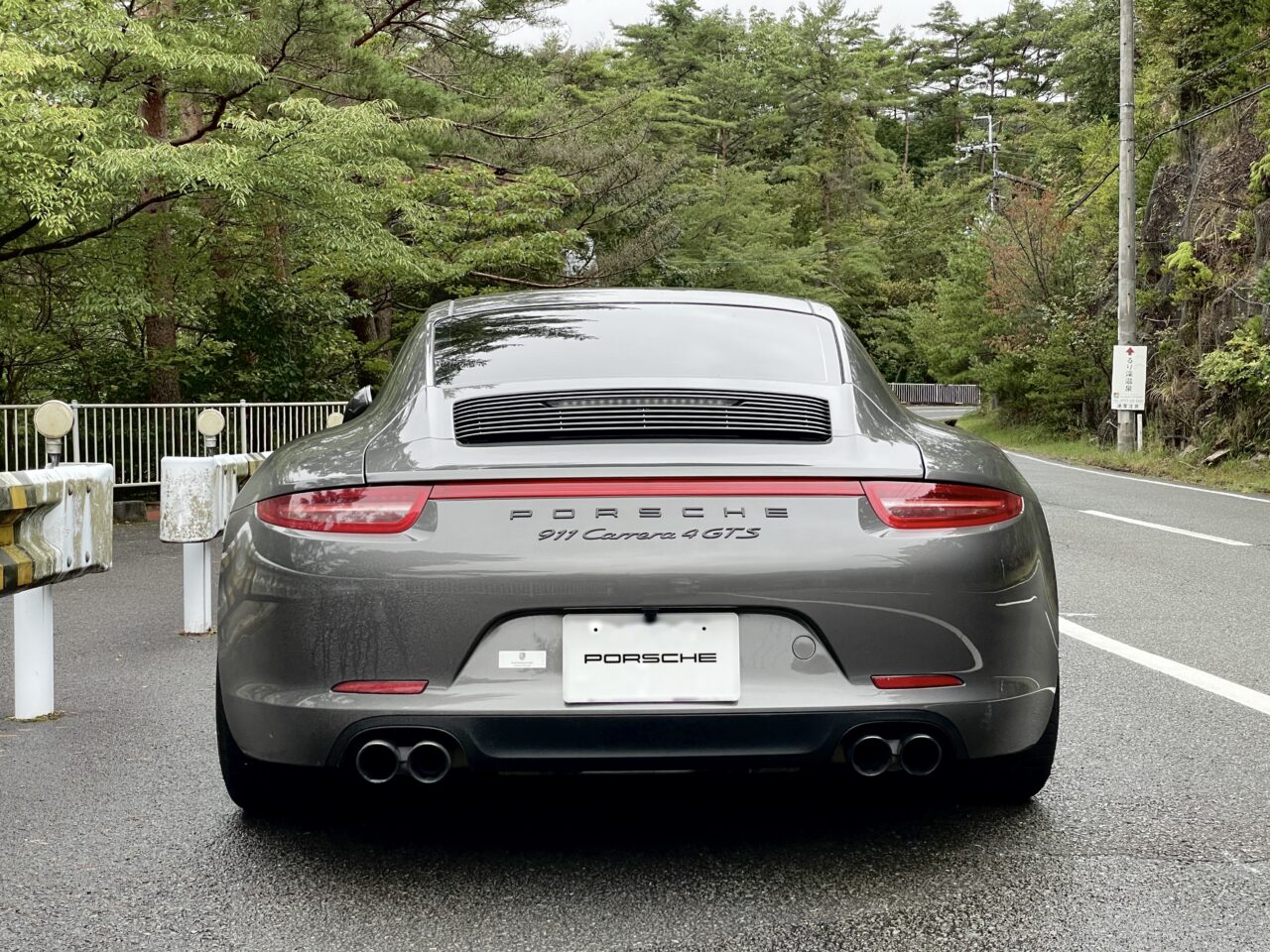
The wide body, 44mm wider than standard, and the rear garnish connecting both sides are distinctive features of the 4 series
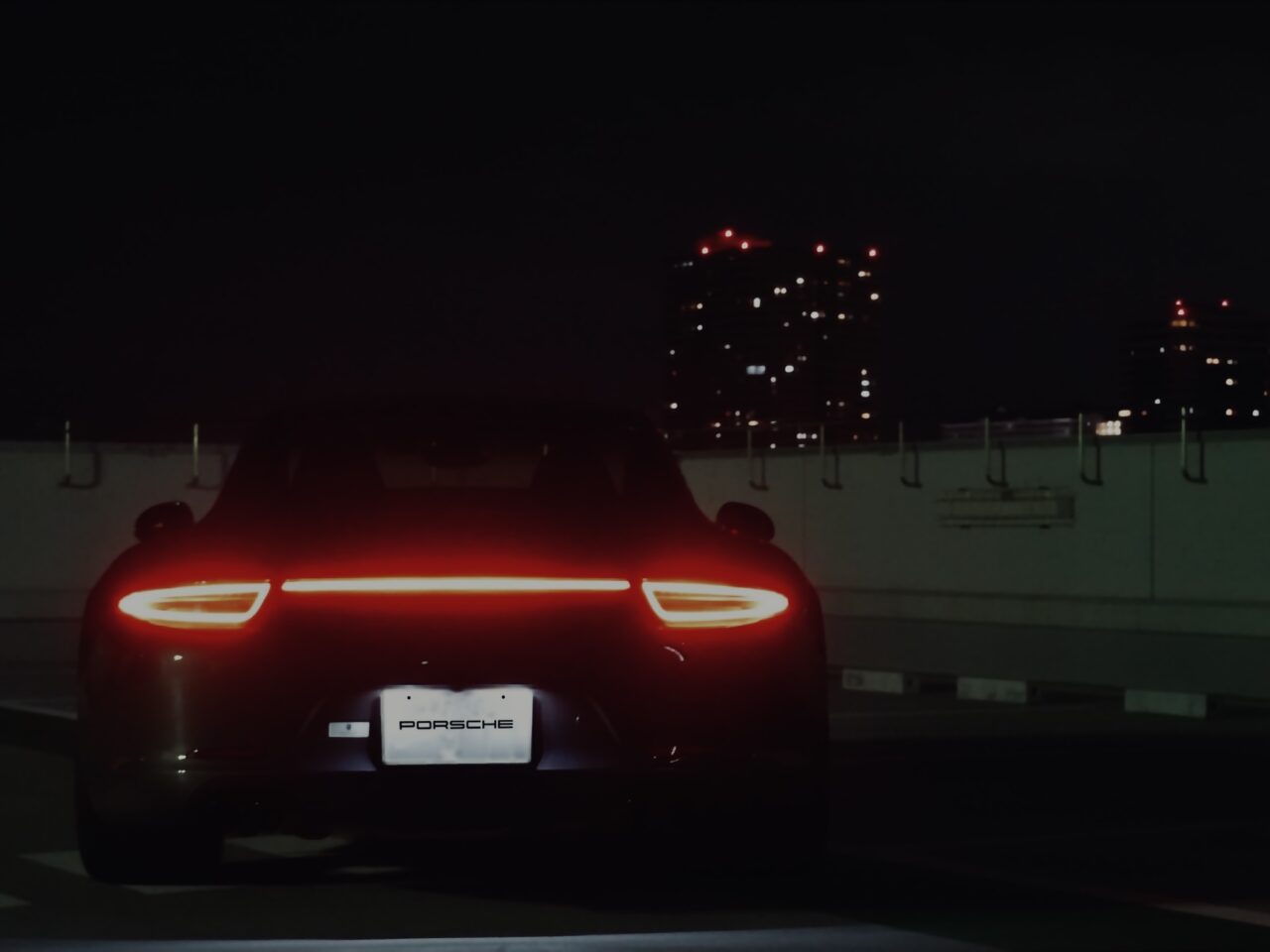
When the lights are on, they glow in a straight line
When I decided to buy a 991 early model (991.1), I started considering four-wheel drive models. The reasons were, first, I had owned an RR 911 before but never a 4WD version, and second, I liked that the 4WD and GTS models have a wide body, plus the design appeal of the continuous horizontal rear garnish connecting both sides.
Why Did I Choose the GTS Grade?
I had already chosen the GTS grade for the 981 Boxster GTS, so I thought I understood the GTS characteristics well. The GTS of this era has a very aggressive engine sound, and the suspension tuning strikes a perfect balance—not too stiff, not too soft. Performance-wise, it sits above the S but below the GT3.
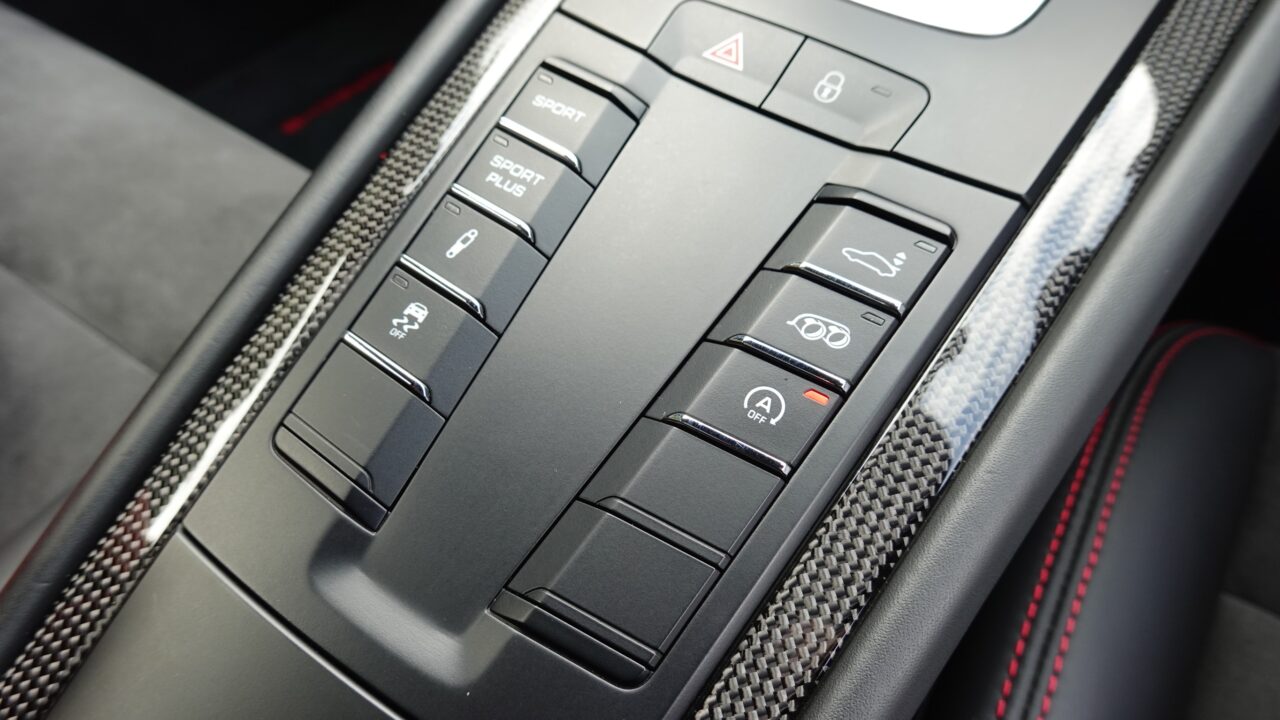
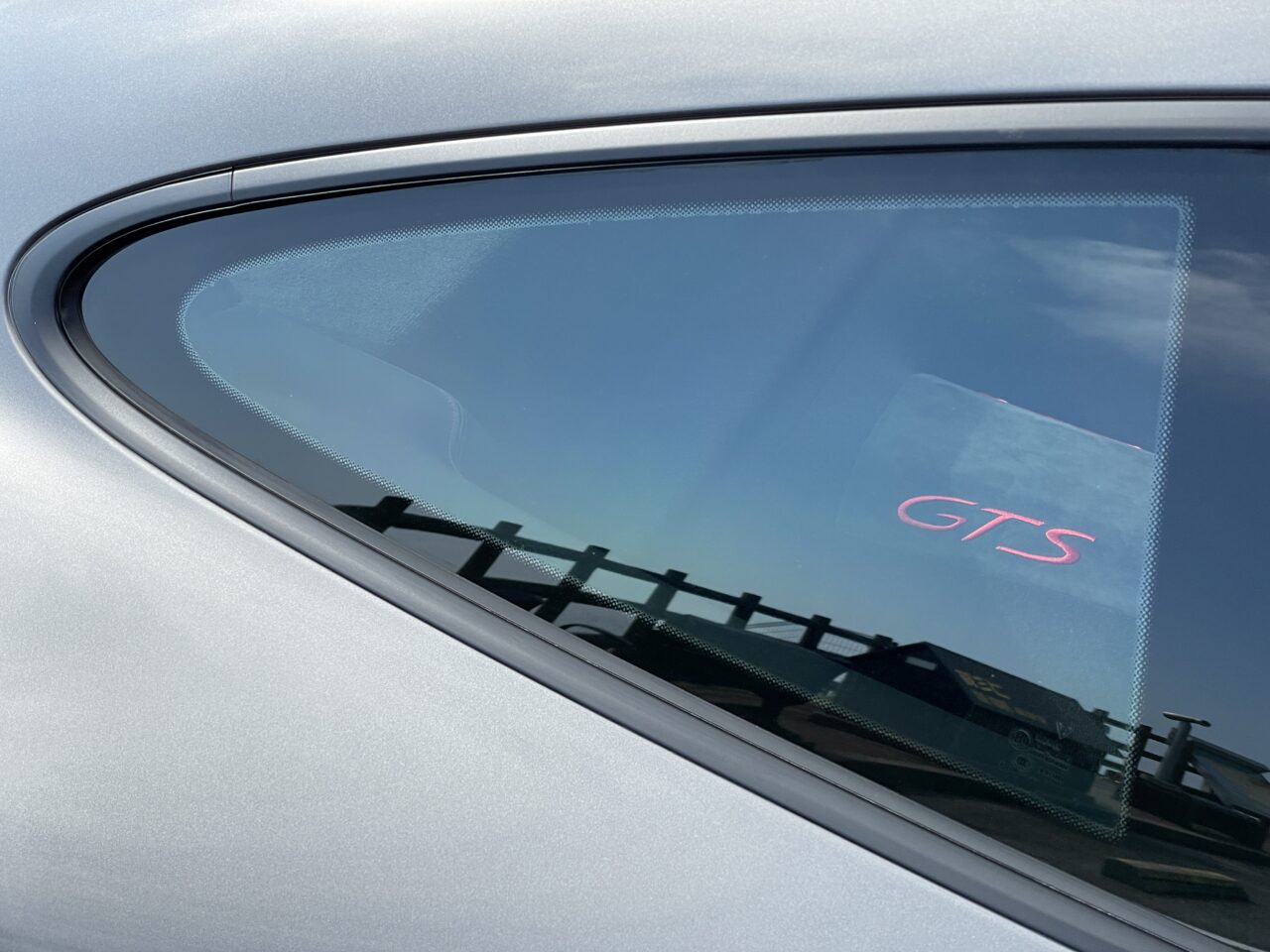
The equipment includes the “three sacred treasures” (PASM, Sport Chrono, Sport Exhaust), plus exclusive aero parts, blacked-out headlights, and logos. If Porsche’s lineup were a restaurant menu, the GTS would be the seasonal recommended course.
I’ve written before that driving a GT3 daily can be frustrating and make you feel sorry for the car, but the GTS avoids that. It’s a grade that lets you enjoy driving anywhere—from city streets to the circuit—without compromise, and it’s perfect for my favorite pastime: grand touring all over Japan.
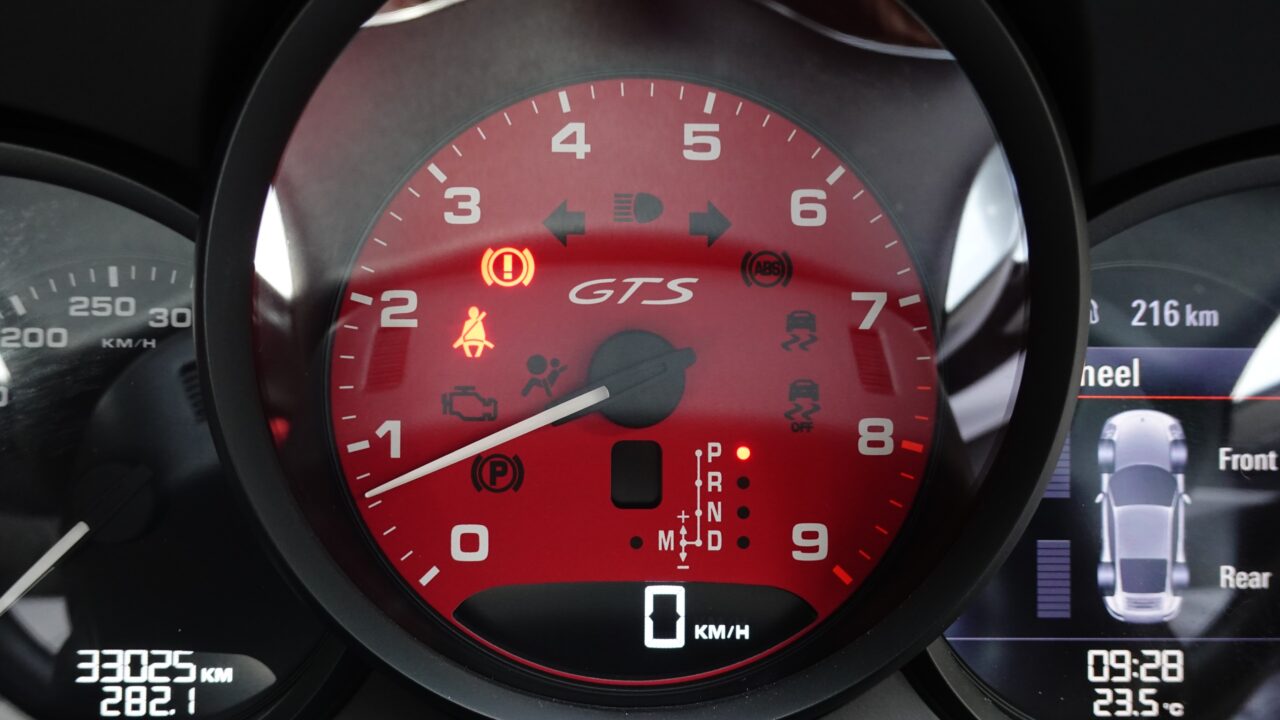
By the way, the specs of the early 991 GTS: the engine produces 430ps at 7,500rpm, which is 30ps more than the S. Torque is 44.9kgm (440Nm) at 5,750rpm.
This isn’t achieved by computer tuning but mechanically. The camshaft and cylinder head are modified, and it comes standard with the equivalent of the “Power Kit” that can be retrofitted to the Carrera S.
Can You Feel the Difference Between Four-Wheel Drive and GTS?
For the reasons above, I ended up buying the Carrera 4 GTS, which is both four-wheel drive and GTS. I was fortunate to have the chance to compare it with other grades, so I’ll share my impressions.
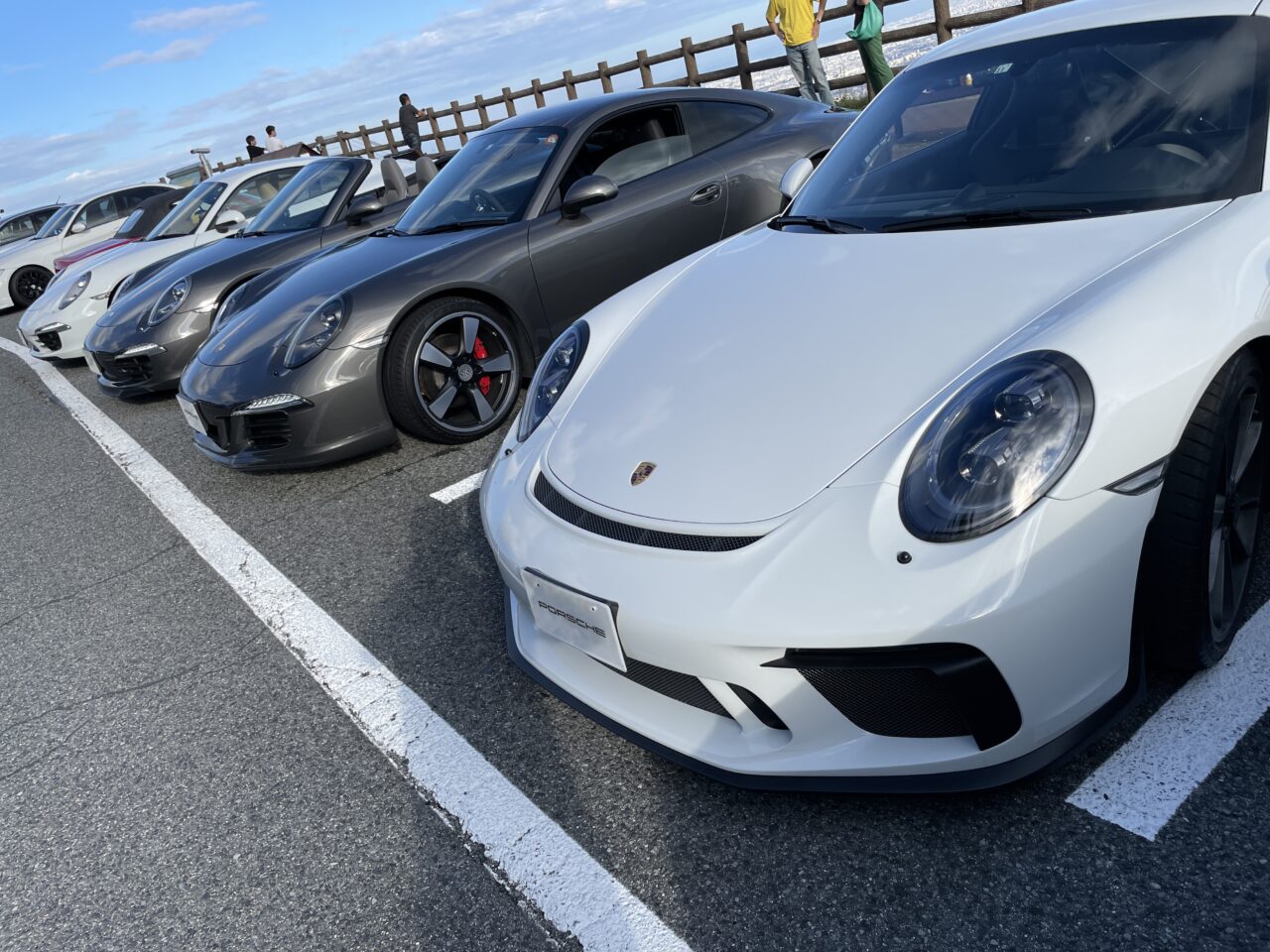
On that day, there were four 911s gathered: my Carrera 4 GTS, a 991 early Carrera S Cabriolet, a 991 early Carrera, and a 991 late GT3.
What a luxurious lineup—we could compare the base model, S, GTS, and GT3.
Since I have owned a GT3, I won’t say much here, but it’s completely different from the Carrera. It’s a full-on racing car, not a car you drive around with a grin. It never puts you in a mood to enjoy a casual drive.
The car constantly seems to be yelling, “Drive harder! You’re slow!” The GT3 is truly in a class of its own.
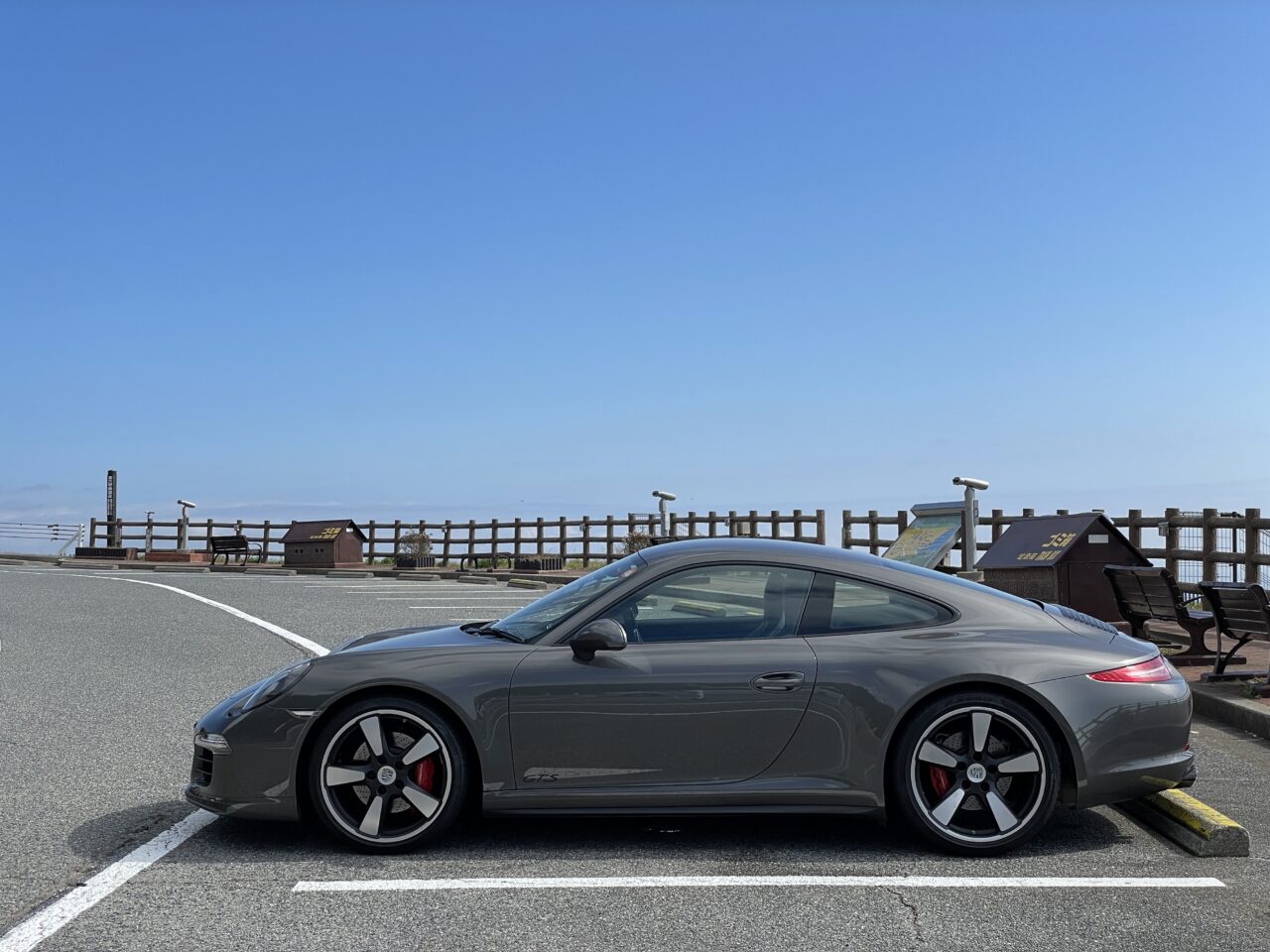
Compared to that, the GTS is enjoyable even at a relaxed pace. Most importantly, the gear ratios are different, and the engine’s torque band isn’t as extreme or high-rev focused as the GT3. The engine sound, which can be heard from low revs, is very pleasant.
On that day, the S Cabriolet and base Carrera were also fitted with the sport exhaust, but the GTS’s sound was far more powerful and intense. With the S Cabriolet, opening the roof lets a loud roar pour down from above, but the GTS’s sound pressure and presence surpass that.
It’s hard to fully express in words, but the difference is significant.
Next, the benefits of the wide body. The contact feel of the tires is different, and the wide body feels more solid and planted than the base or S. Some might say it feels a bit “chunky,” lacking the lightness of the base or S. If you rank by lightness, the base is the lightest, GTS the heaviest, and S in between.
Especially in mid-corner grip and stability, the wide body clearly has the advantage. You can feel this immediately when comparing.
Though I’m writing this praising the GTS, I also love the supple and nimble ride of the base and S models. Drivers who love driving will find the base model especially rewarding. The feedback from the car to the driver’s inputs is rich, making it feel like a true dialogue with the car, which is very enjoyable.
Compared to that, the GTS feels like a high-performance machine. Anyone can drive it fast, so it might feel a bit less engaging than the base in terms of driver involvement.
The biggest difference of the Carrera 4 GTS, though, is that it’s four-wheel drive.
As I wrote in my delivery report of the Carrera 4 GTS, the 911’s four-wheel drive is truly amazing. For someone who first rides a 4WD 911, it might feel like “Oh, it’s just a normal 4WD car.” But anyone who has driven an RR 911 even once will appreciate how brilliant the control system is.
All the negative behaviors typical of RR are completely canceled out, yet it doesn’t become understeery. Of course, at the limits on a circuit it might differ, but on public roads at a brisk pace, you won’t notice any downsides of the 4WD.
The front end never lifts on hard acceleration like an RR, and torque is instantly sent to the front wheels, giving a smooth forward push. You can get on the throttle a moment earlier when exiting corners than with an RR. Uphill or tight corners don’t matter.
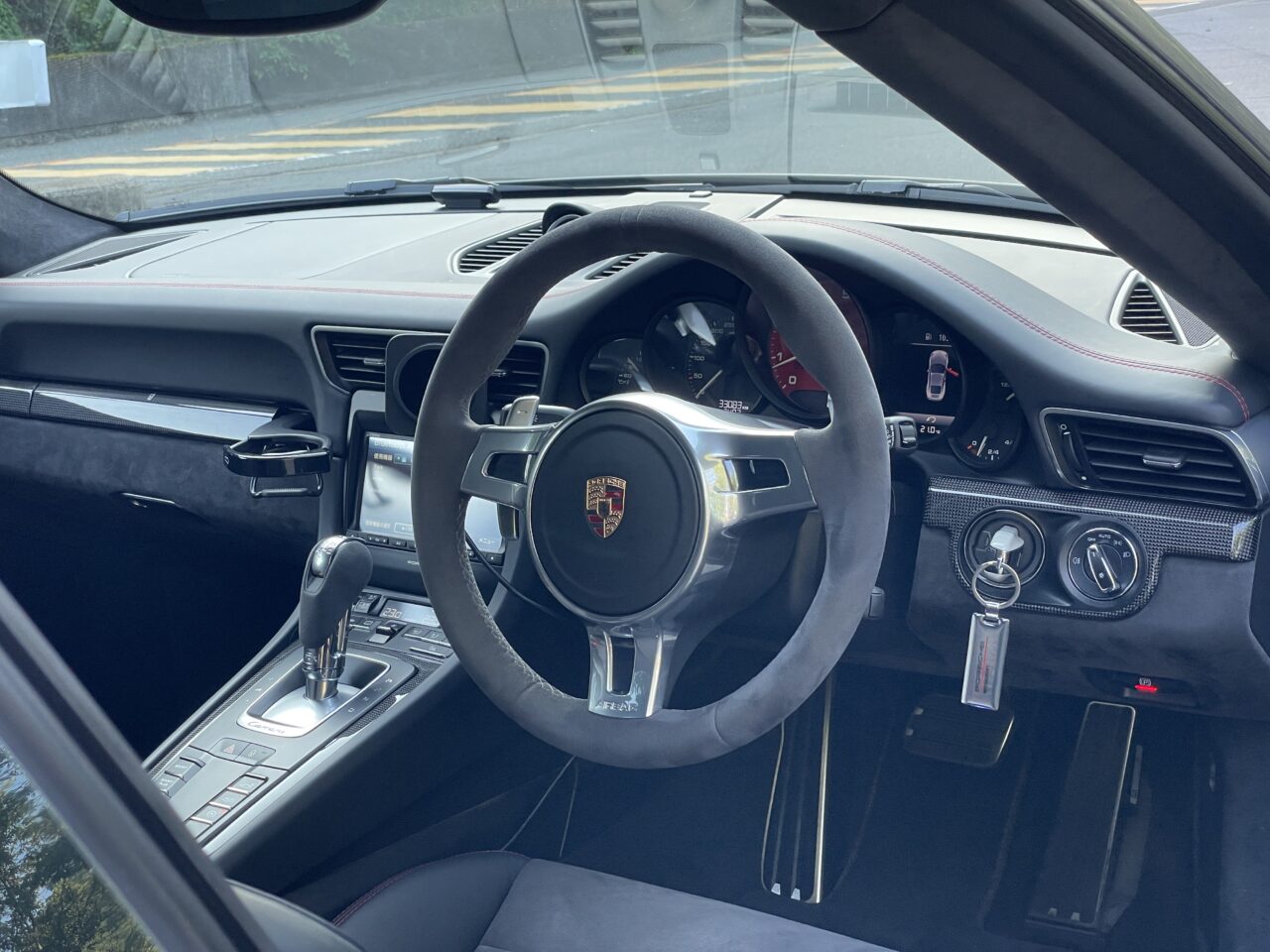
Just floor the accelerator, and the PTM’s exquisite control distributes torque to the front, moving the car forward as if nothing happened.
Thanks to the front torque distribution, the car’s fore-aft pitch is minimized, resulting in a very comfortable ride. TAKURO, who rode shotgun, said, “Even when pushing hard on mountain roads, you can sleep in the passenger seat in the Carrera 4 GTS.”
That might sound exaggerated, but it’s not far from the truth. The comfort doesn’t come from suspension softness or lack of harshness, but from the body’s minimal pitching—a hallmark of the 911’s 4WD models. I believe this is why the top-of-the-line 911 Turbo is called a “magic carpet ride,” thanks in large part to its 4WD system.
This is a big difference from the base, S, and GT3 models.
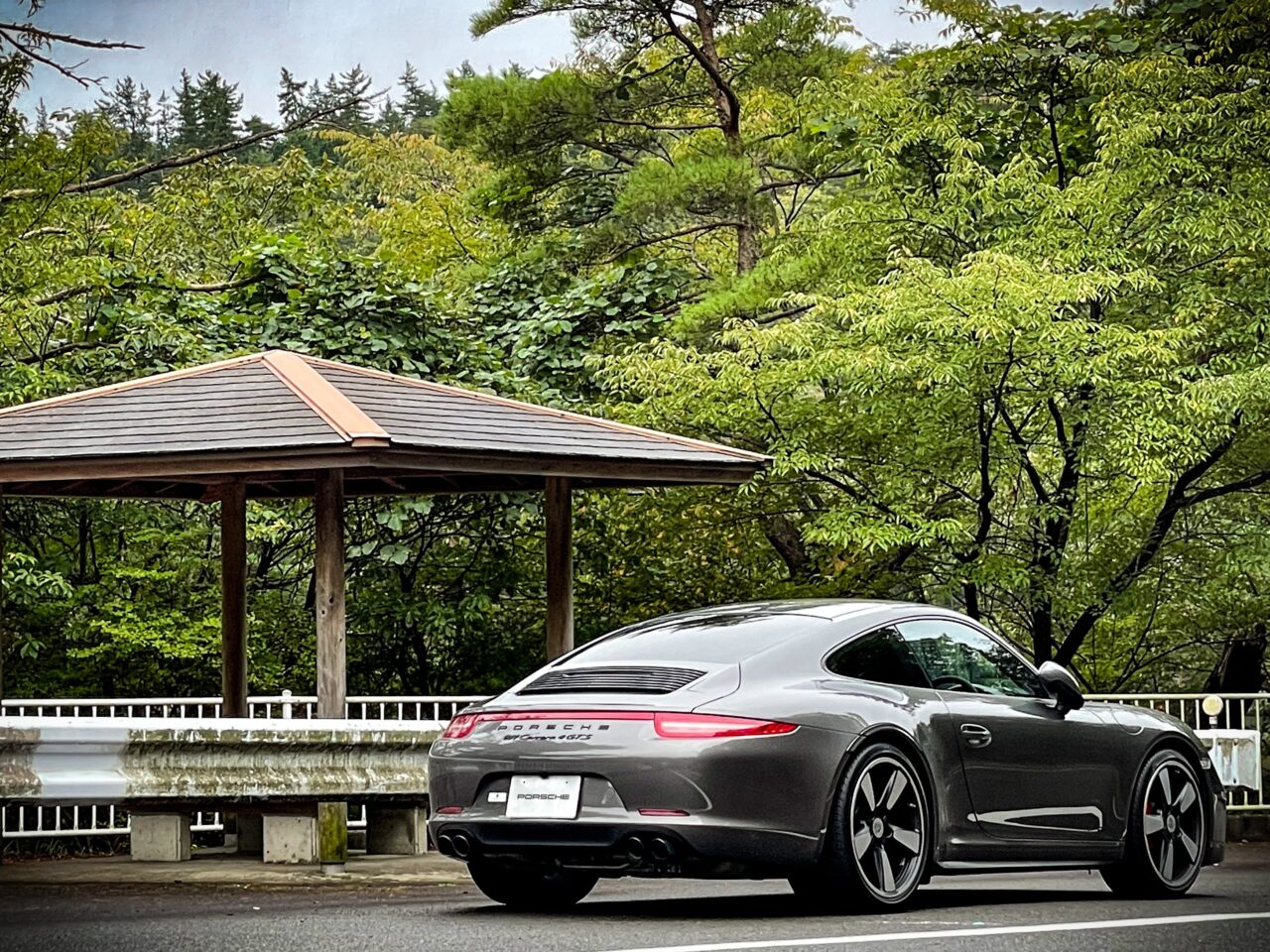
Personally, if you’re buying your first Porsche, I recommend starting with an RR model, then later getting a 4WD model. That way, you’ll appreciate the joy of four-wheel drive even more.
That concludes my report on why I chose the 911 four-wheel drive GTS and how it differs from other grades.
このブログが気に入ったらフォローしてね!


Comment ( 0 )
Trackbacks are closed.
No comments yet.